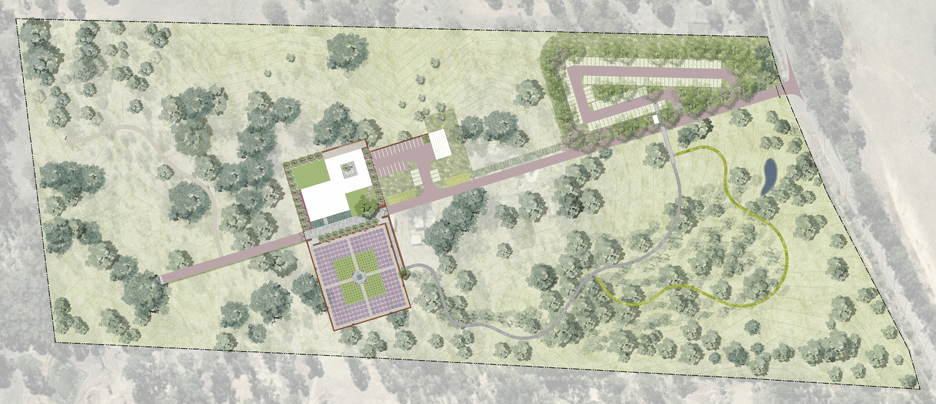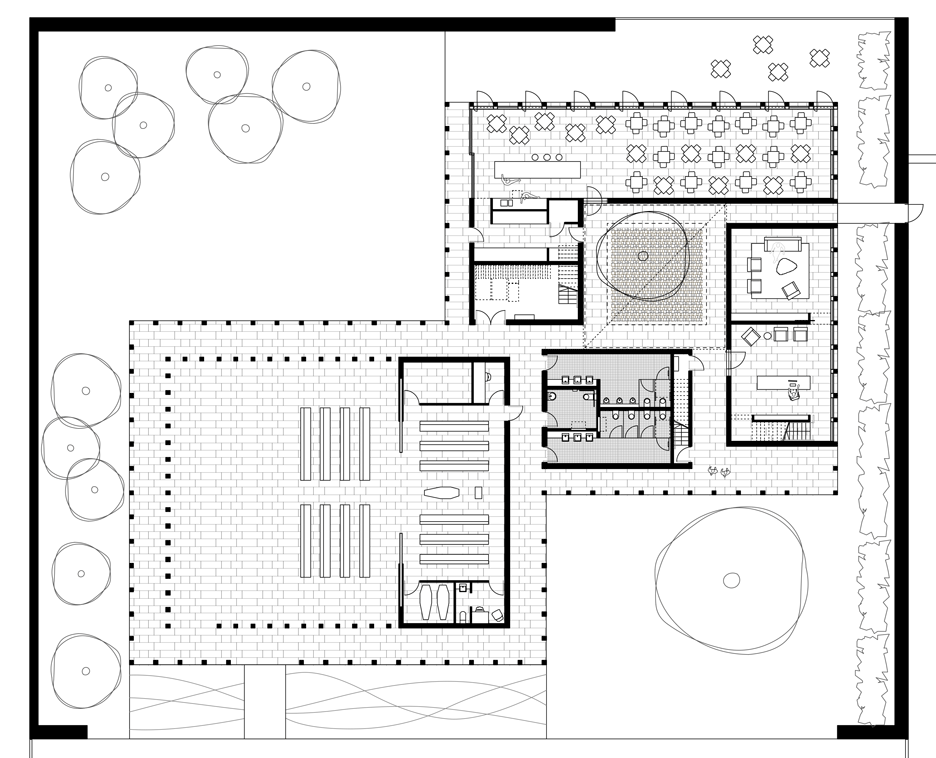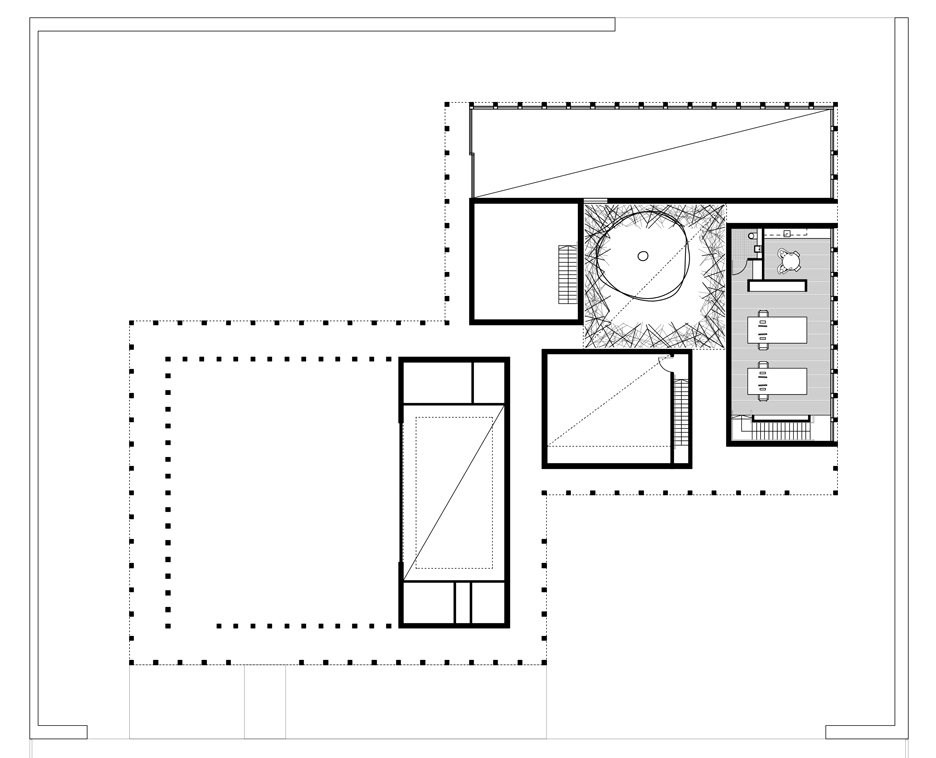Graves reached using GPS proposed for bushland cemetery near Sydney
The bereaved will be able to find the location of their loved ones' graves using GPS in this cemetery without headstones, proposed by Australian firms CHROFI and McGregor Coxall for Sydney (+ slideshow).
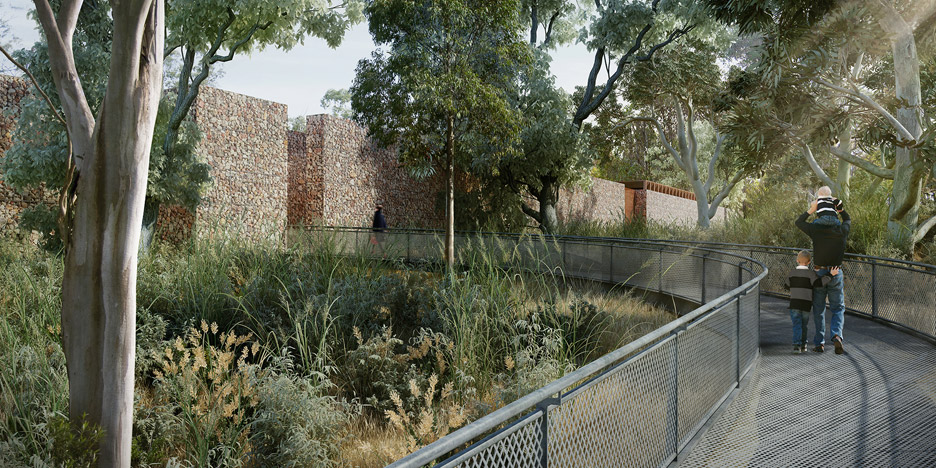
The pioneering cemetery model stems from the firms' belief that attitudes towards death are changing as society becomes increasingly secular, and that the funeral industry must offer new forms of remembrance outside the existing graveyard setup.
Architects CHROFI and landscape architects McGregor Coxall proposed the Acacia Remembrance Sanctuary for a patch of protected bushland on the outskirts of Sydney.
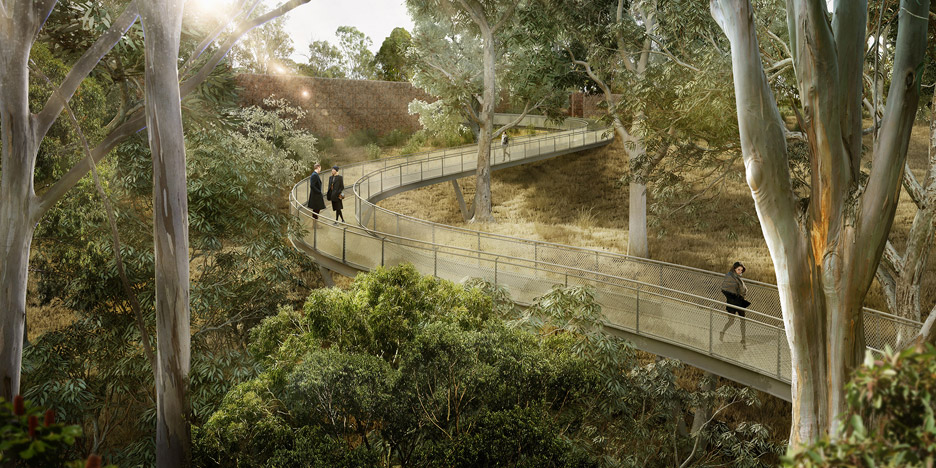
Here, the deceased would be buried in unmarked graves and their location tracked by visitors to the 10-hectare-site using GPS.
"The project aims to challenge what a cemetery can be, and how we interact with and deal with death, and how we celebrate our loved ones," said the Sydney-based studios.
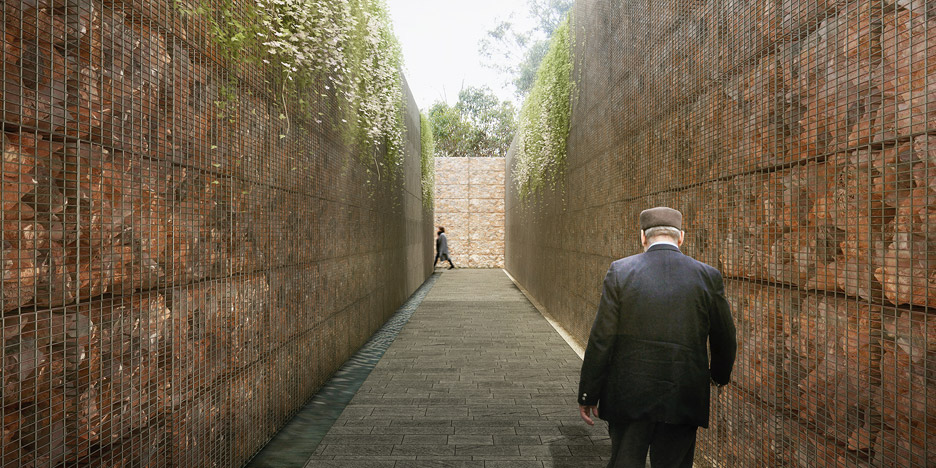
"The first of its kind in Australia, the memorialisation becomes the retention and protection of this unique bush ecology where GPS technology is used to locate the resting place of loved ones."
A meandering elevated walkway would draw visitors through the woodland site, leading them towards a walled garden hemmed by imposing gabion walls with trailing planting.
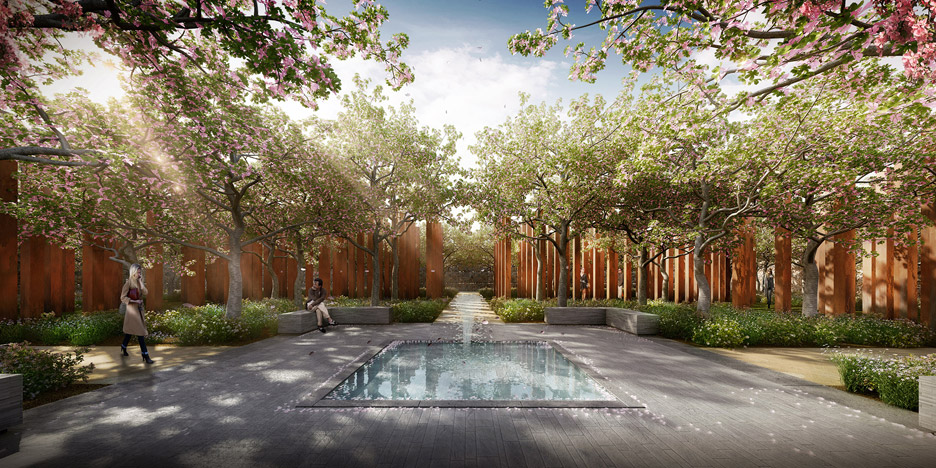
The passageway into the site between the stone-filled cages is designed to offer visitors a "dignified" transition to the cemetery.
At the heart of the site, a semi-enclosed pavilion named the Gathering Place would offer visitors a space to conduct burial ceremonies, and to meet with friends and family in a cafe adjoining a secluded garden.
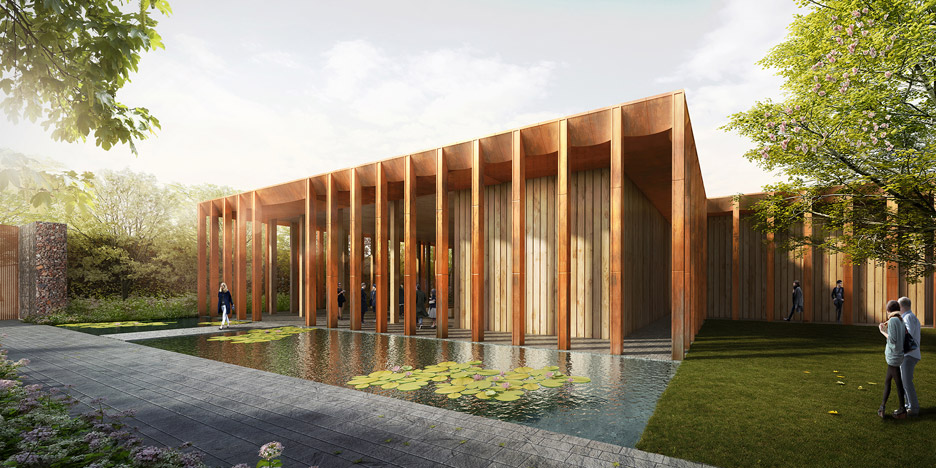
The ceremonial space and cafe are shown contained within conjoined rectilinear spaces and surrounded by a colonnade.
The 400-square-metre building and site are designed to operate off-grid, containing a suite of sustainability initiatives to minimise the impact on the environment.
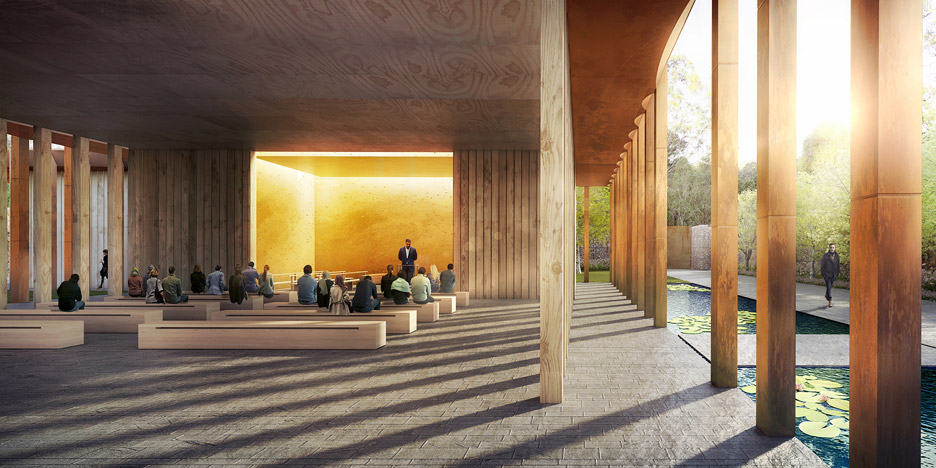
The Acacia Remembrance Sanctuary won the 2016 Future Projects Commercial Award at the annual WAN architecture awards.
The jury praised the architects for addressing both the need for a multi-denominational cemetery and a viable commercial enterprise.
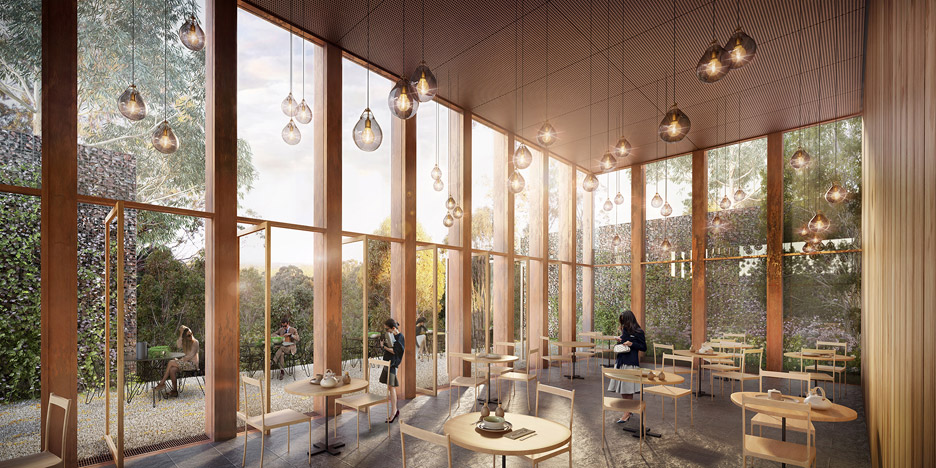
"[The cemetery is] evocative, contemplative, treading lightly on the surroundings, a potentially emotionally charged program that has been handled deftly," they said.
Other designs challenging the existing funeral industry include a range of colourful zip-up coffins designed by Arnhem studio Visser & Meijwaard to make death less depressing, and a biodegradable urn that turns the ashes of a dead person into a tree.
